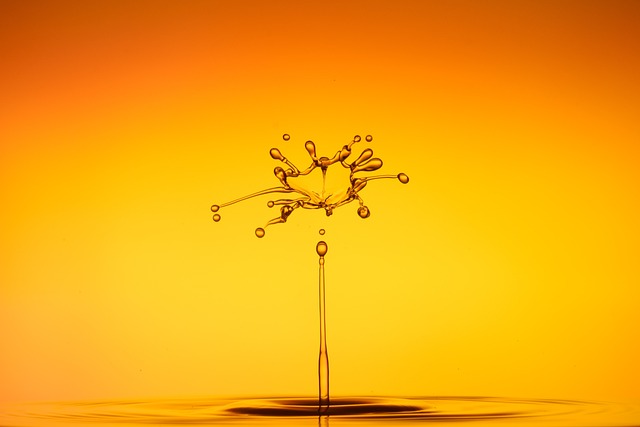When installing a water heater, consider energy-efficient options like tankless or on-demand heaters for smaller spaces and cost savings. Evaluate your household's hot water needs and consult professionals to select an Energy Star-rated model. Prepare by checking plumbing, venting, and electrical requirements, ensuring safety and efficient installation. Follow proper guidelines for drainage, removal, mounting, piping, wiring, and leak testing. Prioritize ventilation according to local codes and make secure connections to prevent leaks and inefficiencies. Maintain your heater post-installation with regular inspections, flushing, and optimal settings to extend its lifespan and ensure reliable hot water. Modern water heaters offer advanced energy efficiency through innovative technologies like heat pumps and smart controls.
Looking to replace your old water heater? This comprehensive guide walks you through the entire process of installing a new one, from understanding your heating options to ensuring efficient operation. We cover everything from preparation tips and step-by-step instructions to common mistakes to avoid and maintenance advice. By following these expert recommendations, you’ll not only install a reliable water heater but also enjoy energy savings and improved performance for years to come.
Understanding Your Water Heater Options
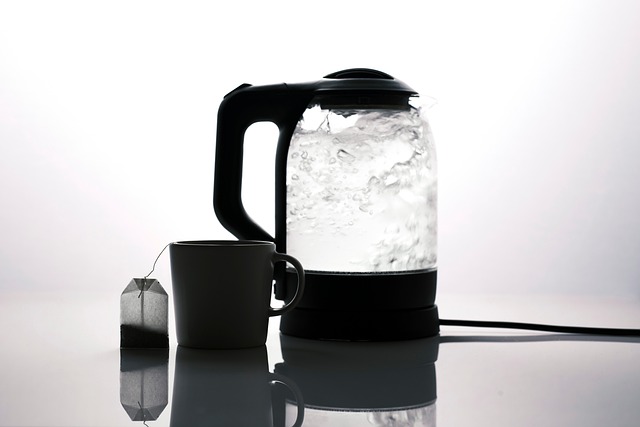
When considering a new water heater installation, understanding your options is crucial. The market offers various types of water heaters designed to cater to different needs and preferences. Traditional storage water heaters are common, featuring a tank that stores hot water for future use. These are cost-effective and reliable but may consume more energy than modern alternatives.
On the other hand, tankless or on-demand water heaters have gained popularity. They heat water instantly without storing it, reducing energy usage and saving space. This makes them an eco-friendly option, ideal for smaller households or those looking to upgrade their Water Heater Installation while cutting costs. Each type has its advantages, so choosing the right one depends on factors like household size, hot water demand, and energy efficiency goals.
Preparing for Installation: What to Know Beforehand
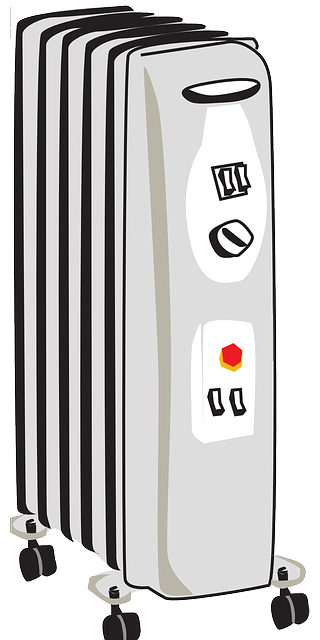
Before embarking on a new water heater installation, there are several key considerations to keep in mind. Firstly, assess your current energy usage and water consumption patterns – this will help determine the appropriate size and type of water heater for your home. You may want to consult with a professional to understand the available options and their efficiency ratings, ensuring you choose an Energy Star-rated model for significant savings on your energy bills.
Additionally, verify that your home’s plumbing system is capable of accommodating the new water heater. This includes checking pipe sizes, venting requirements, and electrical connections. Ensure any necessary upgrades are completed before installation to guarantee a seamless process and the safety of your household. Remember that proper preparation is crucial for a successful water heater installation, ensuring longevity and optimal performance.
Step-by-Step Guide to New Water Heater Installation
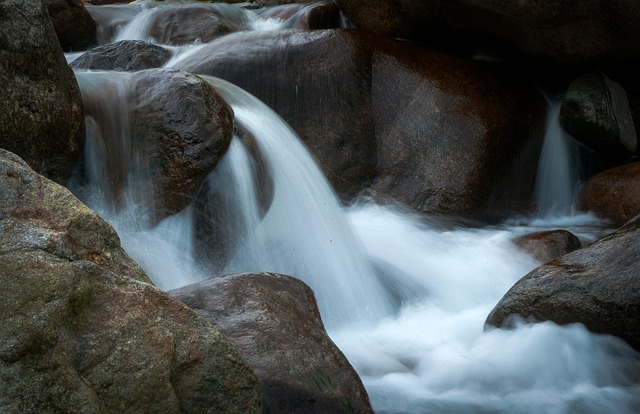
Step-by-Step Guide to New Water Heater Installation
1. Turn Off the Water Supply: Before starting any work, shut off the cold water supply valve located at your water heater. This prevents any accidents or damage during installation. Confirm that both the hot and cold taps are turned off by checking if no water is flowing.
2. Prepare for Removal: Once you’ve closed the valves, drain the existing water heater to make it lighter and easier to handle. Place a bucket under the drainage valve and open it to release all the water. After draining, disconnect the electrical supply to the old heater using a circuit breaker or fuse box. This is a crucial safety step to prevent any electric shocks during removal.
3. Remove the Old Heater: With the power off and water drained, you can now remove the old water heater. This process varies slightly depending on the type of water heater, but generally, you’ll need to unbolt or unscrew the heater from its mounting brackets and then carefully lower it out of place.
4. Install the New Heater: Position the new water heater in the same spot as the old one, ensuring it’s level and securely mounted on the brackets. Connect the cold water supply valve first, followed by the hot water outlet. Ensure all connections are tight to prevent leaks. Then, reattach the electrical wiring, respecting the manufacturer’s instructions for proper grounding.
5. Test and Adjust: Turn on the cold water supply to check for any leaks at the joints or fittings. If everything is secure, turn on both hot and cold water taps to ensure they work properly. Set the temperature as desired using the thermostat control.
Common Mistakes to Avoid During Installation

When installing a new water heater, common mistakes can lead to costly repairs or even safety hazards. One crucial mistake to avoid is neglecting proper ventilation. Water heaters require adequate air circulation to ensure optimal performance and prevent carbon monoxide buildup. Always check local building codes for specific ventilation requirements and install the necessary components.
Another frequent error is oversights during plumbing connections. Ensure all pipes are securely connected, sealed, and compatible with the water heater’s specifications. Incomplete or incorrect connections may cause leaks, damage to property, and inefficient heating. Regularly double-check joint integrity and use approved sealing materials for peace of mind.
Maintenance Tips for Your Newly Installed Water Heater

After a successful water heater installation, proper maintenance is key to ensuring its longevity and optimal performance. Regularly inspect your water heater for any signs of corrosion or leaks. These issues can lead to significant damage if left unattended, so keeping an eye out for them is essential. Most modern water heaters come with safety features like temperature and pressure relief valves; ensure these are functioning correctly and check them periodically.
Additionally, maintaining a consistent tank temperature setpoint is crucial. Many tanks have adjustable settings, allowing you to optimize energy efficiency. Flushing the heater periodically can also prevent sediment buildup, which can reduce heating efficiency over time. Remember, timely maintenance not only extends the life of your water heater but also ensures you avoid costly repairs or early replacements.
Energy Efficiency and Water Heating Innovations
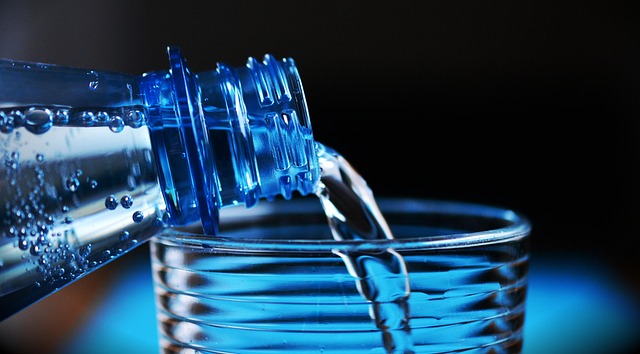
In recent years, water heater installation has seen significant advancements in energy efficiency and technology. Modern water heaters are designed to optimize heating performance while minimizing energy consumption, resulting in substantial cost savings for homeowners. High-efficiency models, such as tankless or heat pump water heaters, offer innovative solutions that reduce energy waste compared to traditional storage tanks.
These cutting-edge innovations leverage advanced heating elements and smart control systems to precisely manage hot water supply. Tankless water heaters, for instance, heat water on demand, eliminating the need for constant maintenance of a heated storage tank. Heat pump technology, on the other hand, transfers heat from the surrounding air or ground to warm the water, providing efficient heating even in colder climates. Such advancements not only contribute to environmental sustainability but also enhance the overall user experience by ensuring a reliable and consistent hot water supply during Water Heater Installation.
